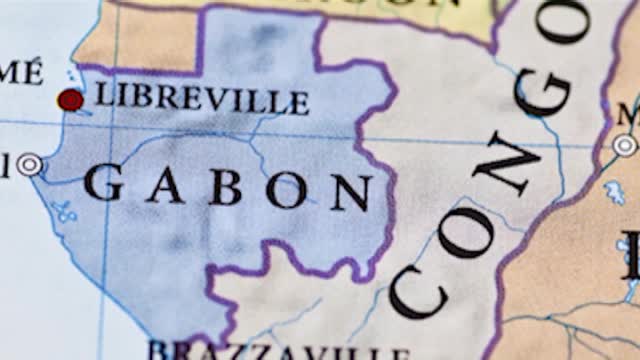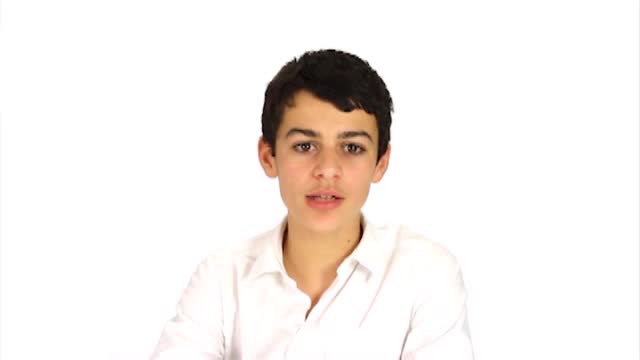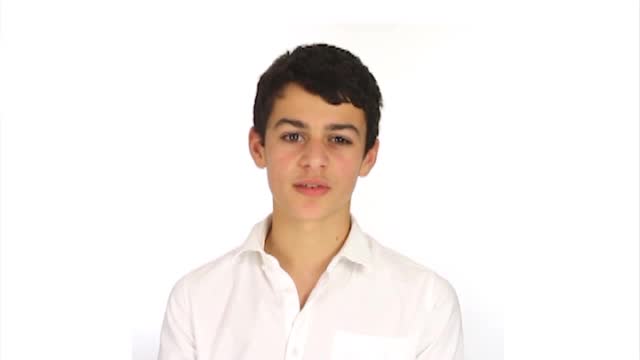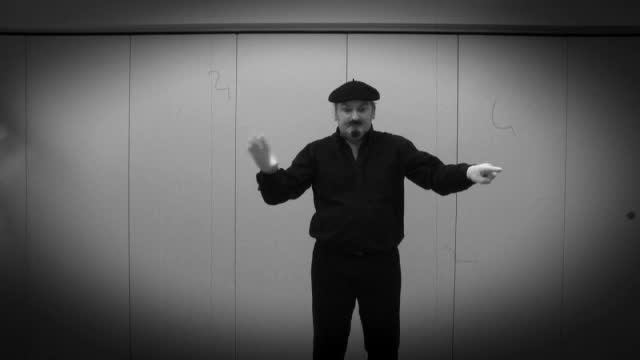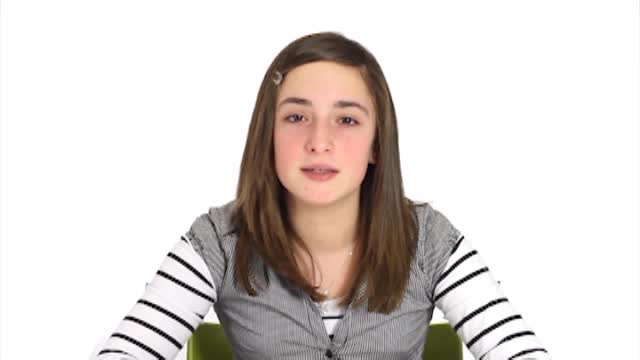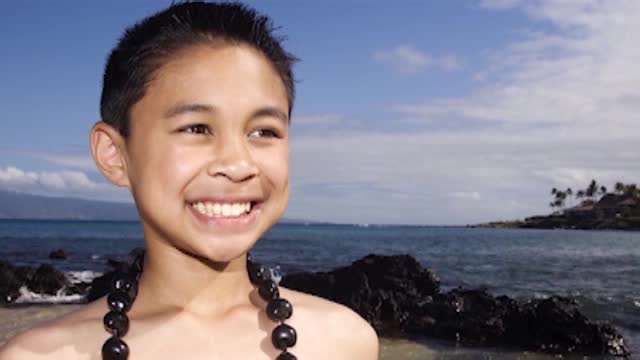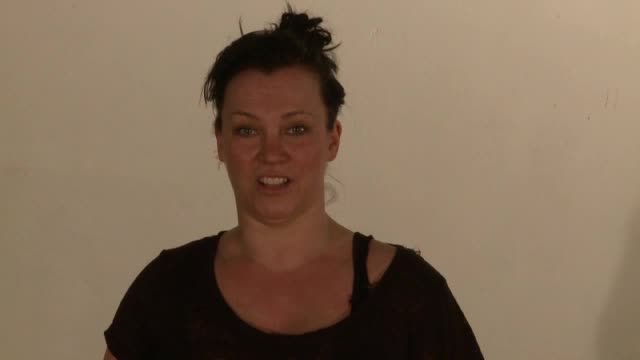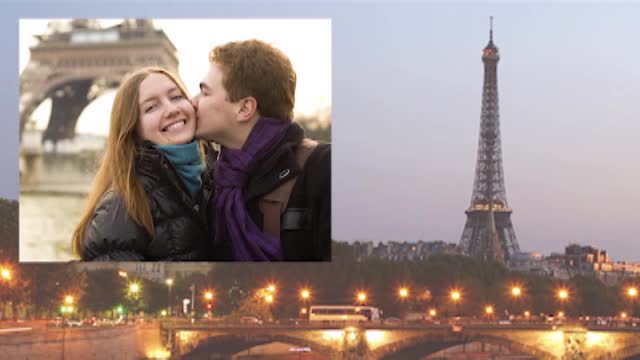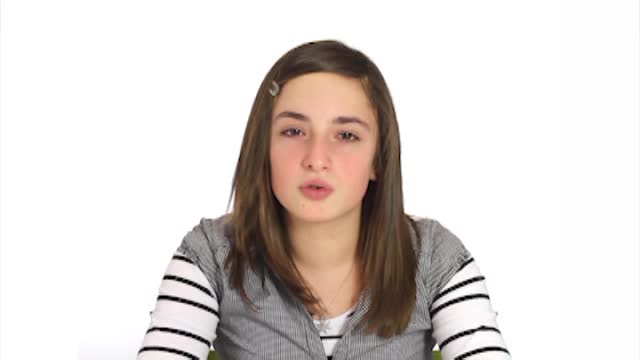Play Controls
Description
Transcript
Teenage boy:
Bienvenue sur l’île de Madagascar pour découvrir les animaux et les plantes. On y va ?
A votre avis, quel est l’animal qui symbolise l’île ?
Mais oui, bien sur les lémuriens ! Si vous connaissez le film Madagascar vous adorez certainement ces petits singes acrobates et rigolos !! Ils habitent uniquement à Madagascar, on dit qu’ils sont « endémiques » de l’île.
Il existe plusieurs types de lémuriens, le plus mignon c’est le Microcèbe, il pèse entre 30 et 70 grammes, c’est le plus petit primate au monde !
Le plus gros des lémuriens s’appelle Indri Indri. Il pèse entre 6 et 10 kilos et mesure environ 75 cm. C’est une race protégée.
Et voici Aye-aye, le héro de notre livre !
Les lémuriens habitent dans les arbres, ils mangent des feuilles, des écorces, des fleurs des fruits et des insectes et s’amusent toute la journée !
Un autre animal typique de l’île de Madagascar, c’est le Zébu.
Qu’est ce que c’est ?
C’est une sorte de bœuf à bosse ! Il a de longues cornes, regardez ça !
C’est un animal très important à Madagascar, il est sacré. Il symbolise la puissance, la richesse et la prospérité.
On utilise le zébu pour l’agriculture… On mange aussi le zébu, c’est un peu comme le bœuf et on utilise les cornes pour faire des bijoux.
A Madagascar, on cultive le riz dans des « rizières ». C’est un travail très difficile. Mais c’est la ressource principale du pays.
Madagascar est le pays où on mange le plus de riz au monde ! Combien ? 500g par jour et par personne !!
Il y a beaucoup de rizières dans la campagne malgache. Regardez !
Qu’est ce qu’on cultive d’autre sur l’île à votre avis ?
Oui, des bananes, des litchis, des noix de coco, du manioc, c’est ça :
des patates douces, du café, du coton, de la canne à sucre, et la fameuse vanille de Madagascar, très réputée. Vous pouvez en acheter au supermarché près de chez vous !
Enfin, il y a un arbre très important à Madagascar, c’est le baobab. Regardez, c’est un arbre énorme !
Il y a des baobabs à Madagascar, en Afrique et aussi en Australie. Quelquefois ils ont des formes vraiment bizarres ! Regardez cette photo. Cette variété s’appelle le baobab « amoureux » , c’est drôle non ?
C’est un arbre extraordinaire, il mesure entre 25 mètres et 40 mètres de haut et 12 mètres de large !!!
Et il peut vivre entre 1000 et 2000 ans ! C’est vieux, non ?
Et voilà, notre voyage est terminé. A plus !Welcome to the island of Madagascar where you will discover the animals and plants. Ready to go?
In your opinion, what is the animal that is the symbol of the island?
But of course, the lemurs! If you know the movie ‘Madagascar’ you will definitely love these little acrobatic and funny monkeys! They live only in Madagascar, and are said to be "endemic" to the island.
There are several types of lemurs, the cutest is the ‘Microcèbe’, it weighs between 30 and 70 grams, it is the smallest primate in the world!
The biggest lemur is called, ‘Indri Indri’. It weighs between 6 and 10 kilograms and measures about 75cm. This is a protected species..
And here Aye-aye, the hero of our book!
Lemurs live in trees, they eat leaves, bark, flowers, fruits and insects and have fun all day!
Another animal typical to the island of Madagascar, is the zebu.
What is it?
It is a kind of large ox! It has long horns, look at that!
This is a very important animal in Madagascar, it is sacred. It symbolizes power, wealth and prosperity.
We use the zebu for farming ... We also eat the zebu, it is a bit like beef and the horns are used to make jewellry.
In Madagascar, we grow rice in rice fields. This is a very difficult job. But it is the main product of the country.
Madagascar is a country where they eat more rice than anywhere in the world! How much? 500g per day per person!
There are a lot of rice fields in the Malgache countryside. Look!
What else do you think we grow elsewhere on the island?
Yes, bananas, lychees, coconuts, manioc, right:
sweet potatoes, coffee, cotton, sugar cane, and the famous Madagascar vanilla, very famous. You can buy it at a supermarket near you!
Finally, there is a very important tree in Madagascar, the baobab. Look, it's a huge tree!
There are baobabs in Madagascar, Africa and also in Australia. Sometimes they have really weird shapes! Look at this photo. This variety is called the baobab "lover". Isn’t it funny?
This is a extraordinary tree, it measures between 25 meters and 40 meters high and 12 meters wide!
And can live between 1000 and 2000 years! Isn’t that old?
And now, our journey is complete.
Download
- Low Quality 240p (12.88Mb)
- Medium Quality 360p (22.05Mb)
